What is an Engine Coolant Temperature Sensor?
An engine coolant temperature sensor is an essential part of a vehicle’s engine system. It monitors the temperature of the engine’s coolant to ensure the engine operates efficiently. By tracking temperature changes, this sensor helps prevent overheating or engine damage.
Overview of its function in the engine
The sensor’s primary role is to measure the coolant temperature and send data to the engine control unit (ECU). The ECU uses this information to adjust the air-fuel mixture, ignition timing, and engine performance. It ensures optimal operation, regardless of temperature or driving conditions.
The sensor also impacts the functioning of various components, such as the radiator fan. If the coolant temperature rises too high, the ECU activates the fan to cool the engine. This process maintains a safe operating temperature and prevents overheating.
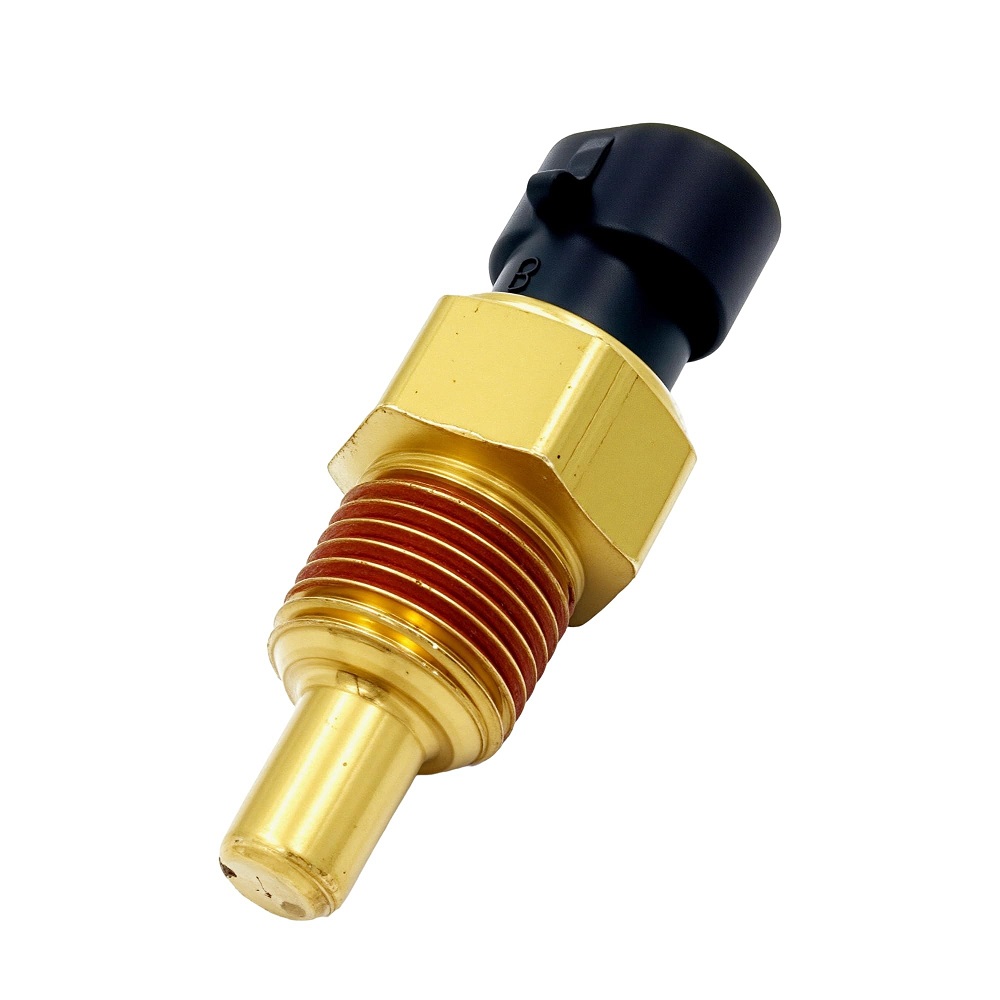
Key components and design of the sensor
An engine coolant temperature sensor is a small device installed near the coolant flow path. Most sensors are thermistors, which change resistance based on temperature. When coolant temperatures rise, the resistance decreases, creating precise readings for the ECU.
The sensor typically has a durable casing to protect it from heat and vibrations. It connects to the vehicle’s wiring system, enabling consistent communication with the ECU. Some sensors are threaded for easy installation directly into the engine block or cylinder head.
Overall, the engine coolant temperature sensor plays a vital role in ensuring engine efficiency and durability.
How the Coolant Temperature Sensor Works
The engine coolant temperature sensor is fundamental for monitoring and maintaining optimal engine performance. It ensures the engine runs efficiently by providing crucial temperature data to the ECU.
Step-by-step explanation of its operation
- Temperature monitoring: The sensor constantly measures coolant temperatures in the engine.
- Variation detection: It senses changes in temperature and adjusts its electrical resistance accordingly.
- Data transmission: The sensor sends the temperature information to the ECU using electrical signals.
- ECU adjustment: The ECU processes the data and modifies the air-fuel mixture, ignition timing, or fan activity.
- System reaction: The changes ensure safe operating conditions and prevent overheating or inefficient performance.
Interaction with other parts of the engine
The engine coolant temperature sensor doesn’t work alone. It interacts with multiple components:
- Radiator: When temperatures are too high, the ECU activates the radiator fan to cool the engine.
- Air-fuel system: The ECU adjusts the air-fuel ratio based on coolant temperature readings for efficient combustion.
- Ignition timing: The sensor helps the ECU tweak ignition timing, improving fuel efficiency and power.
- Emission control systems: The sensor aids in reducing harmful emissions by ensuring optimal engine temperature.
By connecting these systems, the sensor ensures the engine performs reliably under all driving conditions.

Common Signs of a Malfunctioning Coolant Temperature Sensor
A malfunctioning engine coolant temperature sensor can lead to various warning signs and performance issues. Identifying these signs early is crucial to prevent potential engine damage.
Warning signs and symptoms
- Check engine light: A faulty sensor often triggers the vehicle’s check engine light.
- Poor fuel efficiency: The engine control unit may miscalculate the air-fuel mixture, reducing fuel efficiency.
- Overheating engine: Incorrect readings prevent effective cooling, leading to engine overheating.
- Cold start issues: The sensor’s failure can make it difficult to start the engine in cold weather.
- Rough idling: Incorrect temperature data can cause uneven engine performance or stalling.
- Black smoke from the exhaust: Faulty readings may lead to an overly rich air-fuel mixture, resulting in black exhaust smoke.
Recognizing these symptoms early can help avoid more expensive repairs.
Impact of a faulty sensor on vehicle performance
- Reduced engine efficiency: Incorrect data leads to poor air-fuel adjustments, lowering overall engine efficiency.
- Increased emissions: The wrong engine temperature readings can produce harmful emissions, affecting environmental compliance.
- Accelerated engine wear: Overheating caused by a faulty sensor can harm key engine components.
- Reduced driving reliability: Symptoms like stalling and cold start issues can make driving less dependable.
- Higher repair costs: Ignoring sensor issues may lead to significant damage, such as a blown head gasket.
A well-functioning engine coolant temperature sensor is vital for optimal engine performance and longevity.
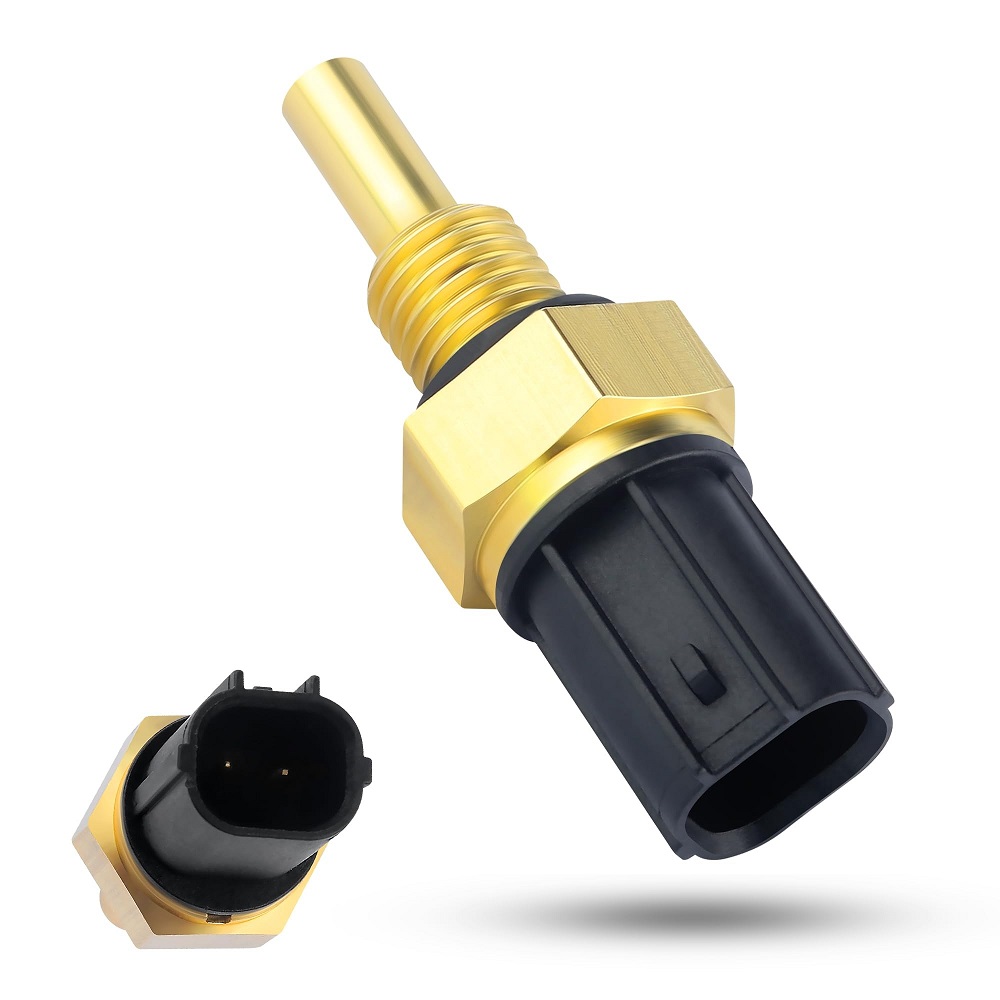
Diagnosing Issues with the Temperature Sensor
Diagnosing problems in the engine coolant temperature sensor is essential for maintaining engine performance. A malfunctioning sensor can cause improper cooling, reduced efficiency, and even engine damage. Fast identification of such issues ensures timely repair and avoids costly breakdowns.
Tools needed for diagnosis
To test the engine coolant temperature sensor, you will need:
- Digital Multimeter: This tool measures voltage and resistance to confirm sensor functionality.
- OBD-II Scanner: It checks the engine control unit (ECU) for error codes indicating sensor failure.
- Sensor-specific cable: Helps connect the sensor to diagnostic tools for real-time measurement.
- Thermometer or Infrared Temperature Gun: Verifies coolant temperature accuracy alongside sensor readings.
These tools allow precise troubleshooting, enabling you to pinpoint and fix sensor issues efficiently.
How to check for faulty readings
Follow these steps to check for issues with the engine coolant temperature sensor:
- Inspect the wiring: Check for loose, damaged, or corroded sensor wires. Faulty wiring disrupts signal transmission.
- Use a digital multimeter: Test the sensor’s resistance at various temperatures. Unchanging or erratic readings suggest a fault.
- Scan for error codes: An OBD-II scanner identifies ECU trouble codes related to the sensor.
- Compare with actual temperature: Use a thermometer or infrared gun to measure coolant temperature. Compare it with sensor data.
- Perform a visual inspection: Check the sensor for physical damage or dirt. A dirty sensor may give incorrect readings.
If the sensor provides incorrect or inconsistent temperature data, it may require cleaning, repair, or replacement. Taking these diagnostic steps ensures continued engine efficiency and reliability.
Replacing the Coolant Temperature Sensor
Replacing an engine coolant temperature sensor is a straightforward process. A faulty sensor impacts engine performance, fuel efficiency, and emission control. Timely replacement ensures your vehicle maintains peak efficiency and reliability.
Step-by-step replacement guide
- Locate the sensor: Find the sensor attached near the engine block or cylinder head.
- Allow the engine to cool: Ensure the engine is completely cool to prevent burns during replacement.
- Disconnect the negative battery cable: This step ensures safety and avoids electrical issues.
- Drain coolant if necessary: Depending on your vehicle, you may need to drain some coolant.
- Disconnect the wiring: Carefully unplug the sensor’s electrical connector without damaging surrounding wires.
- Remove the old sensor: Use a wrench to remove the faulty sensor. Ensure you don’t cross-thread or damage nearby components.
- Install the new sensor: Place the new sensor securely in the engine, tightening it according to the manufacturer’s specifications.
- Reconnect wiring: Plug the electrical connector back into the sensor properly.
- Refill coolant (if drained): Refill the coolant to maintain optimal engine cooling.
- Reconnect the battery cable: Attach the negative battery cable and ensure all systems are active.
- Test the system: Start the engine to confirm the sensor operates correctly. Check for leaks or warning lights.
Important precautions during replacement
- Use the correct tools: Ensure the wrench matches the sensor size to avoid damage.
- Verify replacement part compatibility: Use a temperature sensor compatible with your vehicle model.
- Handle wiring carefully: Avoid pulling or bending wires excessively during disconnection.
- Follow the service manual: Refer to your vehicle’s guide for accurate specifications and instructions.
- Dispose of old coolant safely: If you drain coolant, dispose of it responsibly as per local regulations.
- Ensure a watertight fit: Improper installation can cause leaks that damage the sensor or engine components.
Replacing the engine coolant temperature sensor promptly can save you from expensive engine repairs. Accurate installation ensures the vehicle operates efficiently and reliably for years.
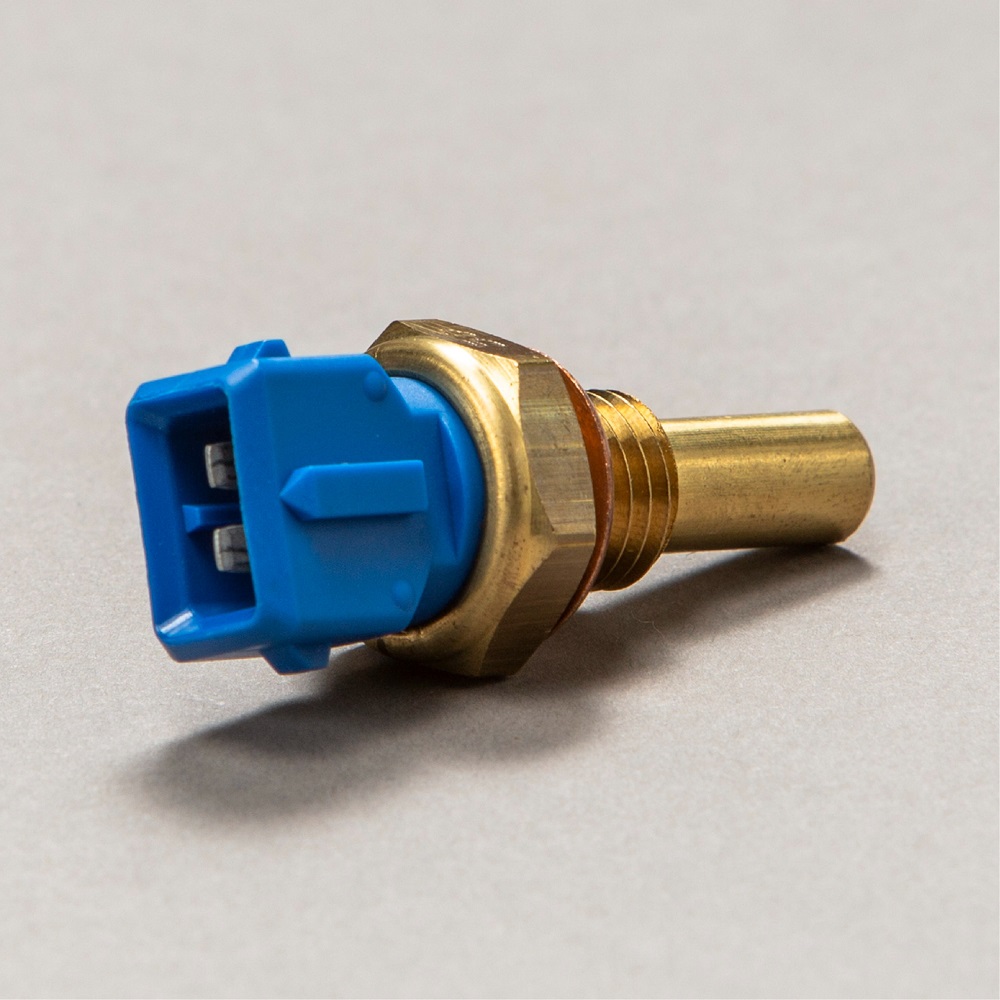
Preventive Maintenance for the Temperature Sensor
Regular care is key to maintaining the engine coolant temperature sensor. Proper preventive practices help extend its lifespan and ensure reliable engine performance.
Best practices to extend its lifespan
- Keep the sensor clean: Dirt and debris can affect readings and sensor efficiency. Regularly inspect and clean the sensor.
- Check coolant levels: Always maintain proper coolant levels to avoid overheating or sensor issues.
- Inspect sensor wiring: Look for damaged, corroded, or loose wires. Faulty wiring disrupts signal transmission.
- Replace old coolant: Use fresh, high-quality coolant to prevent sludging and sensor damage.
- Use recommended coolant type: Ensure compatibility between the coolant and sensor for accurate readings.
- Monitor temperatures: Keep track of engine temperature to identify potential sensor problems early.
- Avoid harsh conditions: Protect the sensor from overheating or severe vibrations for stable performance.
- Replace damaged components: Immediately replace worn-out or broken parts to prevent strain on the sensor.
Taking these steps ensures the sensor works efficiently and avoids costly repairs.
Importance of regular system checks
- Detect faults early: Regular diagnostics help uncover sensor or wiring issues before they escalate.
- Prevent engine overheating: Timely checks ensure the temperature system operates efficiently.
- Improve fuel efficiency: Regular sensor maintenance assists in proper air-fuel mixture adjustments.
- Reduce emissions: A healthy sensor helps control harmful emissions effectively.
- Save repair costs: Preventive checks lower the risk of expensive engine repairs or replacements.
- Extend engine lifespan: Ensuring optimal sensor performance supports overall engine durability.
Consistent maintenance and system checks protect your vehicle’s performance and ensure smooth operation. Always prioritize care to maximize the engine coolant temperature sensor’s efficiency and reliability.
Frequently Asked Questions About Coolant Temperature Sensors
Coolant temperature sensors play a vital role in monitoring engine efficiency and preventing overheating.
Common queries from drivers
- What does the coolant temperature sensor do?
- It measures the temperature of the coolant and sends data to the ECU.
- How do I know if my sensor is faulty?
- Look for signs like engine overheating, poor fuel efficiency, or a check engine light.
- Can I drive with a bad coolant temperature sensor?
- Driving with a faulty sensor can cause engine damage and reduced performance.
- How often should I replace my coolant temperature sensor?
- Replace it as needed, typically every 80,000 to 100,000 miles or when signs of failure appear.
- Does the sensor impact fuel consumption?
- Yes, a faulty sensor can lead to incorrect air-fuel adjustments and lower fuel efficiency.
Expert answers and troubleshooting tips
- What causes sensor failures?
- Sensor failures are often due to dirt buildup, worn wiring, or overheating damage.
- How can I maintain the sensor?
- Keep it clean, check wiring regularly, and use high-quality coolant.
- What happens if I install the wrong sensor?
- Using an incorrect sensor can give flawed readings and harm engine performance.
- How do I test the sensor?
- Use a multimeter to check resistance or an OBD-II scanner for error codes.
- Is replacing the sensor expensive?
- Replacement costs range from $30 to $100 for the part, plus labor if needed.
Understanding these FAQs can help drivers maintain their engine coolant temperature sensor effectively.
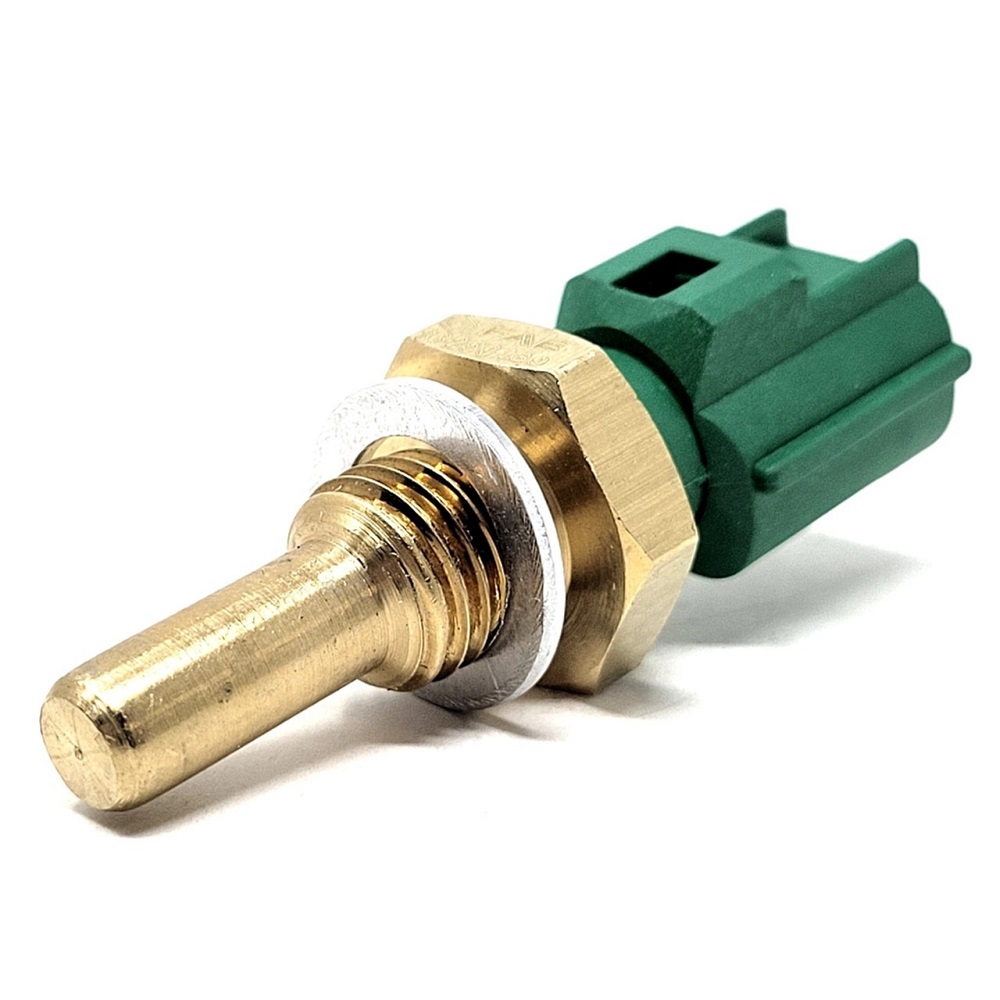
Innovations in ECT Sensor Technology
Advancements in Sensor Design
With the advancement of automotive technology, ECT sensors are becoming more sophisticated. Manufacturers are developing sensors that offer enhanced durability and accuracy. Newer ECT sensors may integrate additional functionalities that monitor not just temperature but also coolant flow, contributing to more dynamic engine management. Features like built-in diagnostics can alert drivers to sensor malfunctions before they escalate into serious issues.
Integration with Vehicle Systems
Modern vehicles increasingly incorporate electronic systems that rely on data from the ECT sensor. For example, advanced driver assistance systems (ADAS) may utilize coolant temperature data to optimize engine performance in real-time. This integration improves fuel efficiency under various driving conditions, further enhancing the vehicle’s overall responsiveness. As automotive technology continues to evolve, the role of the ECT sensor will likely expand, making its accuracy and reliability even more critical.
Implications for Future Vehicles
As electric and hybrid vehicles gain popularity, the concept of the ECT sensor may evolve as well. These vehicles still require cooling systems for their battery packs and electric motors, albeit with different temperature monitoring needs. Future developments may lead to hybrid systems that intelligently integrate traditional internal combustion engine components with electric systems. Understanding coolant temperature in these new contexts will remain essential for vehicle performance and longevity.
Harnessing Knowledge for Better Vehicle Care
The Overall Significance of the ECT Sensor
In summary, the Engine Coolant Temperature sensor serves multiple essential functions in a vehicle’s operation. This small yet critical component plays a vital role in maintaining engine performance, optimizing fuel efficiency, and complying with emissions standards. Understanding its importance equips vehicle owners with the knowledge they need to care for their vehicles effectively.
Lifelong Learning for Vehicle Owners
The relationship between the ECT sensor and overall engine health is undeniable. By learning about this component’s function, symptoms of failure, and maintenance strategies, owners can better serve their vehicles. Regular testing, quality replacements, and enhanced awareness will lead to improved long-term performance.
Embracing Proactive Vehicle Maintenance
As the automotive landscape evolves, the importance of well-informed vehicle maintenance practices will only grow. Staying updated on the latest technologies, understanding the intricacies of the ECT sensor, and embracing proactive approaches will empower vehicle owners to navigate the complexities of modern automotive care. By prioritizing this small sensor’s maintenance, drivers can contribute to their vehicle’s efficiency, reliability, and longevity. Ultimately, knowledge is power, and understanding the ECT sensor enhances the overall driving experience.
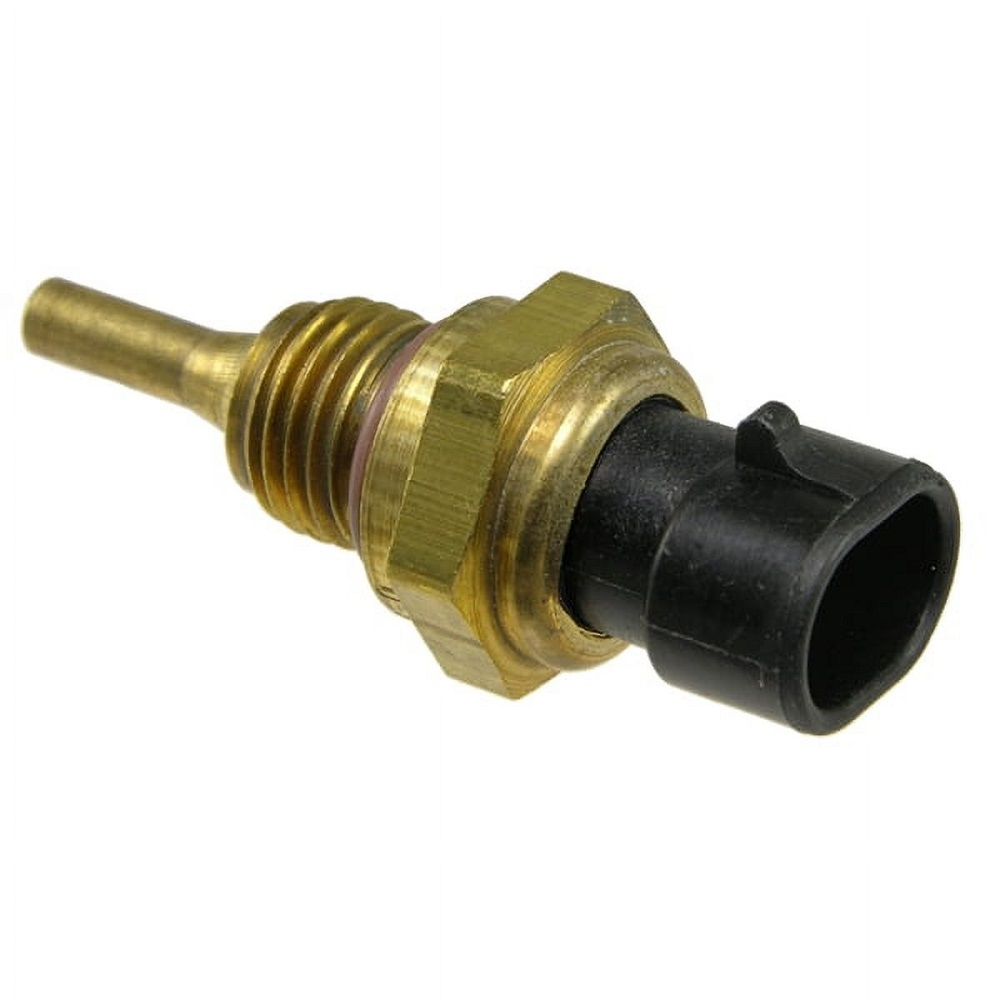
Leave a Reply